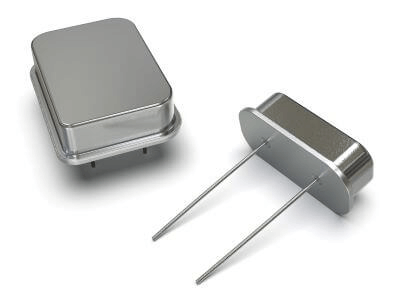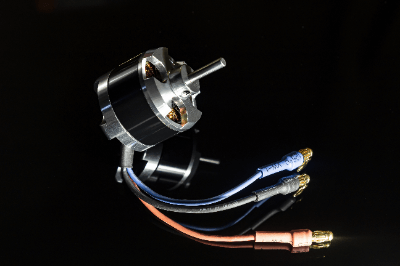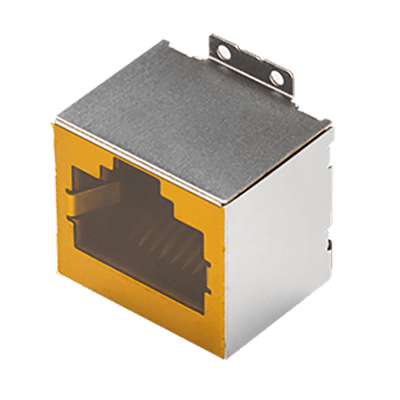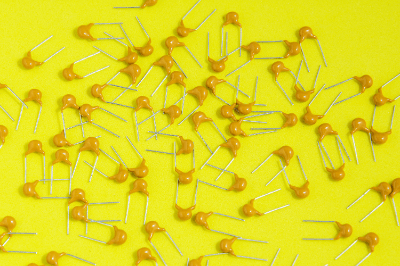What Is a Crystal Oscillator?

A crystal oscillator is a device that generates a specific frequency by incorporating an oscillation circuit into the mechanical resonance of a quartz crystal unit, utilizing the piezoelectric phenomenon of quartz. These devices are known for their high precision, often on the order of ppm (parts per million).
Other types of oscillation circuits, such as LC, CR, and those using ceramic elements, are limited to percentage precision, whereas crystal oscillation can achieve greater accuracy.
Quartz’s suitability for electronic circuits is due to its piezoelectric effect, making it a vital component in technology predating transistors and integrated circuits (ICs).
Uses of Crystal Oscillators
Crystal oscillators are used in various applications, including as frequency signal sources in telecommunications equipment, timing sources in quartz clocks, and color burst signal sources in televisions. In recent times, they have become essential in providing fixed-frequency clock sources for digital circuits.
These oscillators are critical in delivering high-frequency stability and non-adjustability for ICs and LSIs (integrated circuits with higher complexity). As a result, they are utilized not only in traditional devices like telecommunications equipment, TVs, and clocks but also in satellite communications, automobiles, personal computers, DVD equipment, and other information appliances.
Principle of Crystal Oscillators
Crystal oscillators function by using a quartz crystal unit to generate a reference resonance frequency through an oscillation circuit. The piezoelectric phenomenon of quartz is key in this process. However, a quartz crystal unit alone cannot maintain the necessary amplitude of the resonance frequency.
In crystal oscillators, an internal oscillation circuit regulates the strength and frequency of the reference frequency signal. While quartz crystals in nature are composed of silicon dioxide, the quartz used in crystal oscillators is synthetic, derived from natural crystal lasca. This synthetic quartz is created under controlled conditions in an autoclave, resulting in large, pure, recrystallized artificial crystals.
Other Information on Crystal Oscillators
1. Vibration Modes of Quartz Crystal Oscillators
The temperature characteristics of frequency and vibration mode vary depending on the crystal’s cut angle relative to the crystal axis. For example, quartz crystals in wristwatches are cut to have a zero temperature coefficient at a body or room temperature.
The oscillation mode, likened to the vibration of tofu on a cutting board, is determined by the thickness of the crystal slice.
2. Accuracy of Crystal Oscillators
Normal crystal oscillators have an accuracy of about 1/10,000 to 1/100,000, significantly higher than silicon or ceramic oscillators but not as precise as cesium oscillators in atomic clocks. Temperature-compensated crystal oscillators (TCXO) offer even higher precision by incorporating a circuit that offsets the crystal unit’s temperature characteristics.
3. Crystal Oscillators Type Clock Mechanism
A quartz oscillator clock, or quartz watch, functions as a clock by converting the high-precision oscillation of a quartz oscillator into a frequency at one-second intervals by dividing the frequency by an IC. Analog clocks use this frequency to drive a step motor that moves the hands, while digital clocks use it to drive a display. Quartz watches have the advantage of long-term operation with minimal maintenance, especially models powered by solar energy or equipped with generators.
4. Comparison With MEMS Oscillators
MEMS oscillators, emerging as an alternative to quartz oscillators, are produced using semiconductor manufacturing processes, allowing for integration into electronic circuits and miniaturization. They offer advantages in frequency adjustment and power consumption, potentially surpassing crystal oscillators in market share.
5. Efforts to Increase High Frequencies
As the demand for higher communication frequencies grows, there is a push for crystal oscillators to support higher frequencies. Advances in analog circuit technology like PLL enable frequency increases, but there are challenges such as phase noise and temperature characteristics. Current developments focus on improving both the crystal unit and the oscillation circuit to support frequencies up to 100 MHz.


 A flexible cable is a wire that is laid flat and coated with insulation.
A flexible cable is a wire that is laid flat and coated with insulation.


 Freight & passenger elevators are devices used to move people and cargo vertically or diagonally.
Freight & passenger elevators are devices used to move people and cargo vertically or diagonally.